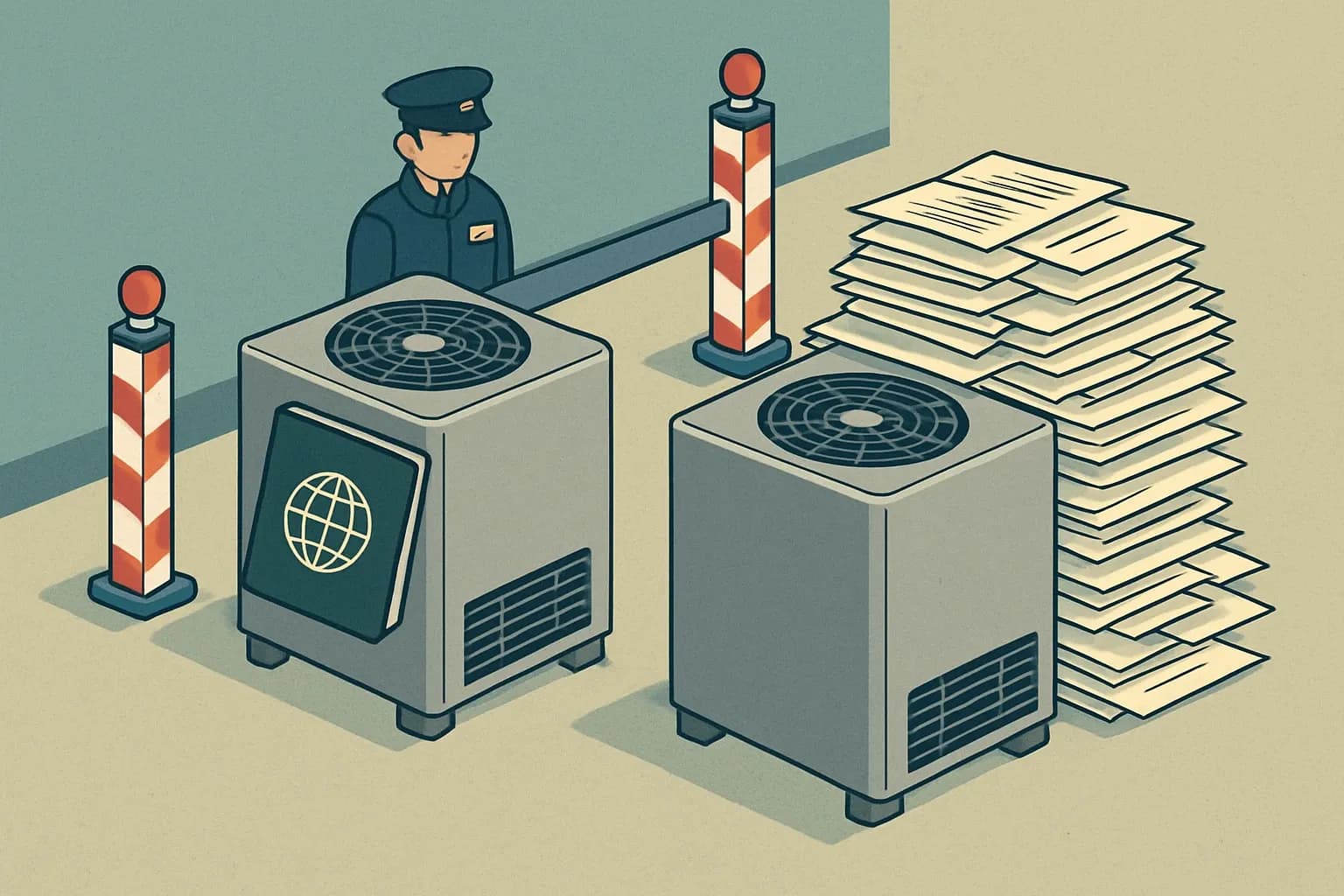VH Products: EPD status and spec opportunities
VH Products shows up in bid chatter but not with a clear public catalog or sustainability page we can confidently cite. That gap matters. On projects where an EPD earns preference or removes a carbon penalty, missing paperwork can quietly bench even a solid product. Here is what we can confirm today, the likely competitive set they meet on jobs, and the fastest path to credible EPD coverage that wins specs without bogging teams down in spreadsheets.


What we can verify today
Public, construction‑focused information about VH Products is sparse as of November 20, 2025. We could not confirm an official website for building products or any third‑party verified construction EPDs under the VH Products name. If you work there and have a different reality, share it with your sales team fast, because specs move on paperwork.
Product range, at a glance
With no consolidated catalog, VH Products looks more like a focused maker than a diversified conglomerate. For peers in similar niches, assortments typically land in the dozens of SKUs, sometimes into the low hundreds when you count sizes and options. If VH Products is a pure play in one system family, that is good news for an efficient, portfolio‑wide EPD plan.
EPD coverage among direct rivals is rising
Leading HVAC and ventilation brands now publish product‑specific EPDs for key lines. Carrier announced residential EPDs for a fan coil and compact heat pump in North America in March 2025 (Carrier, 2025). FläktGroup released an EPD for an eQ air handling unit in June 2025 (FläktGroup, 2025). Kampmann registered AHU EPDs under EN 15804+A2 in 2025 (EPD International, 2025). The direction of travel is clear.
Why this matters commercially
When a product lacks an EPD, project teams often must model impacts using conservative defaults. That can introduce a de‑facto penalty that tilts selection toward brands with verified declarations. At scale, the lost opportunities rarely show up in CRM. They simply never call back. The paperwork is the passport.
A likely missed‑spec scenario
If VH Products’ best seller is a packaged air handler without an EPD, it will run into AHU lines from FläktGroup and Kampmann that already provide verified data, plus growing activity in North America where Carrier’s residential declarations signal a broader HVAC shift. On bids targeting LEED points or internal CO2 budgets, that is a hard hill to climb without your own declaration.
Competitors you probably meet on jobs
On ventilation and HVAC scopes, expect Carrier, Trane, Daikin Applied, Johnson Controls, FläktGroup, Systemair, and Kampmann to appear. Several already field EPDs in adjacent or overlapping product families. Even where performance is similar, the team with a verified declaration often gets the nod because it keeps carbon accounting clean.
The fastest path to credible EPDs
Start with portfolio mapping. Group SKUs by function and materials so one LCA model covers a family with justified parameter ranges. Pick the PCR most common among your rivals, not the one that sounds ideal in theory. That alignment reduces reviewer friction and keeps your spec comparables apples to apples. Ensure whoever runs the LCA handles the heavy data lift across plants, utilities, and BoMs, so engineering does not stall. You want a partner who gathers, cleans, and shields your team from spreadsheet churn.
Picking the right rulebook
For HVAC and ventilation, two common rule routes show up in recent publications. Air‑conditioning machines often use a category under ISO 14025 within EPD program catalogs, while ventilation components land under EN 15804+A2 with c‑PCRs for ventilation parts. Competitor alignment, publication speed, and renewal timing matter as much as the label on the cover.
Market signal check
EPD volume keeps rising in Europe’s leading program, with more than 840 EPDs published through IBU in 2024 alone, including several hundred tool‑generated entries from large groups (IBU, 2024). That momentum tends to cross the Atlantic within planning cycles. Specs follow the data.
How VH Products can move now
- Confirm your top 10 revenue SKUs by project frequency. That is your first EPD wave.
- Mirror the PCR choices of the three closest rivals in those SKUs.
- Lock a reference year, pull energy, materials, and scrap data once, then reuse across families.
- Publish with a program operator your customers already reference in submittals.
The takeaway
VH Products may be a tight, capable maker, yet the public signal today is thin. Competitors are turning EPDs into table stakes. Get one strong declaration live for the highest‑velocity SKU, then scale across the family. You will feel the spec friction drop. And your sales team will definately notice.
Frequently Asked Questions
Does VH Products currently have public construction EPDs we can cite?
We did not find any verified, construction‑focused EPDs under the VH Products name as of November 20, 2025. If declarations exist under a different legal entity, publish the cross‑reference so specifiers can find them.
Which PCRs are typical for HVAC and ventilation products?
Recent declarations use ISO 14025 program categories for air‑conditioning machines and EN 15804+A2 with ventilation c‑PCRs for AHUs and components. Align with what direct competitors have used to simplify review and comparison.
What size of portfolio justifies an EPD tool approach?
Once you reach dozens of SKUs with shared materials and processes, a parameterized model can efficiently cover variants. That is common for AHUs, fan coils, and modular accessories.
Which program operator should we publish with?
Choose the operator your customers already reference in submittals and databases. Speed to publication, reviewer familiarity with your PCR, and ease of annual updates often matter more than the logo.
